-
Grapevine Cluster Zone Leaf Removal
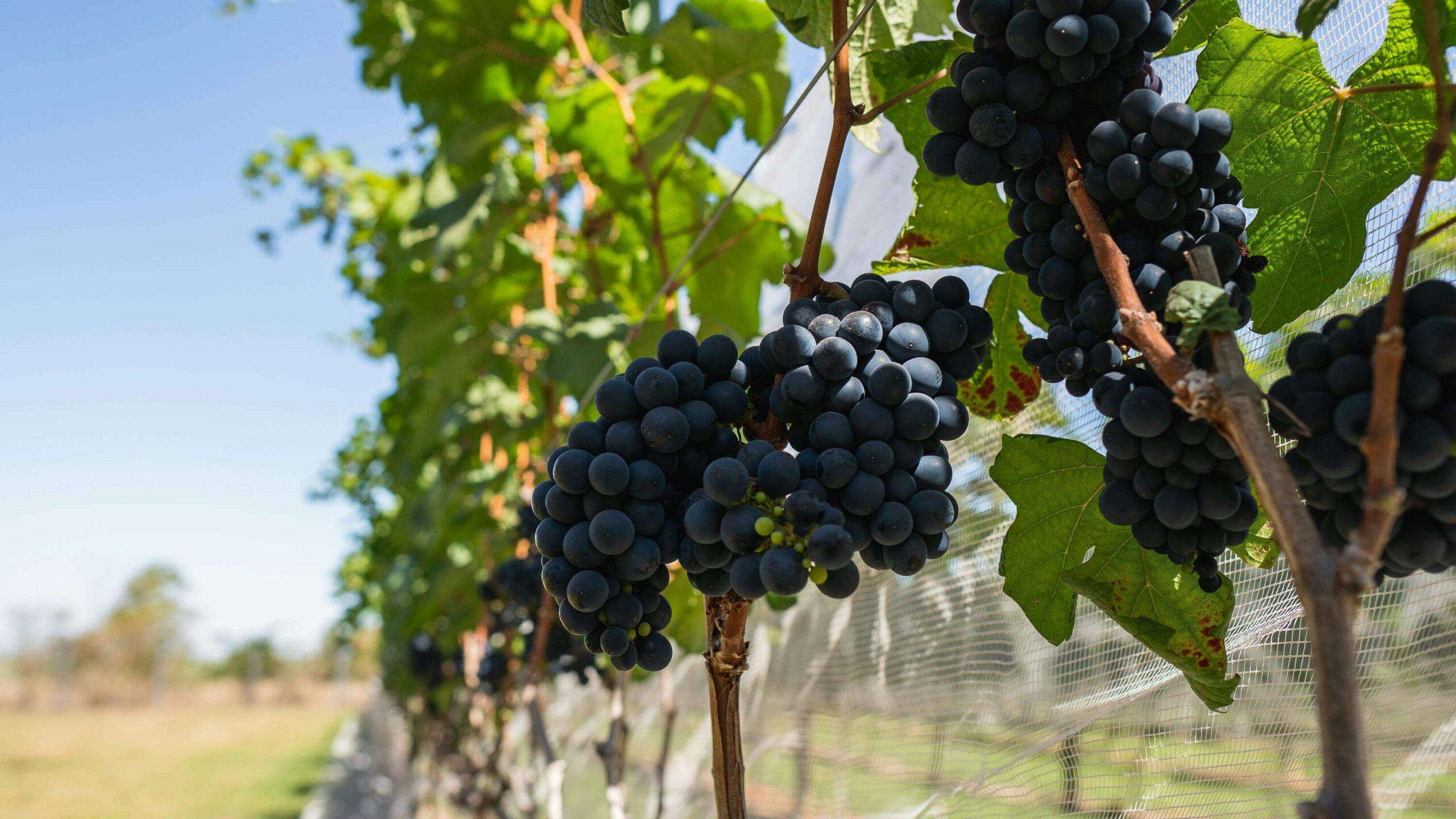
Winegrowers do several different canopy management tasks in the vineyard to regulate the quality of the grapes and consequently the wine. Canopy management refers to all vineyard tasks which affect the structure of the grapevine canopy, such as pruning, leaf trimming, leaf thinning, shoot thinning, shoot positioning, cluster removal, etc. In this article we are […]
-
Overview of Grapevine Structure and Function
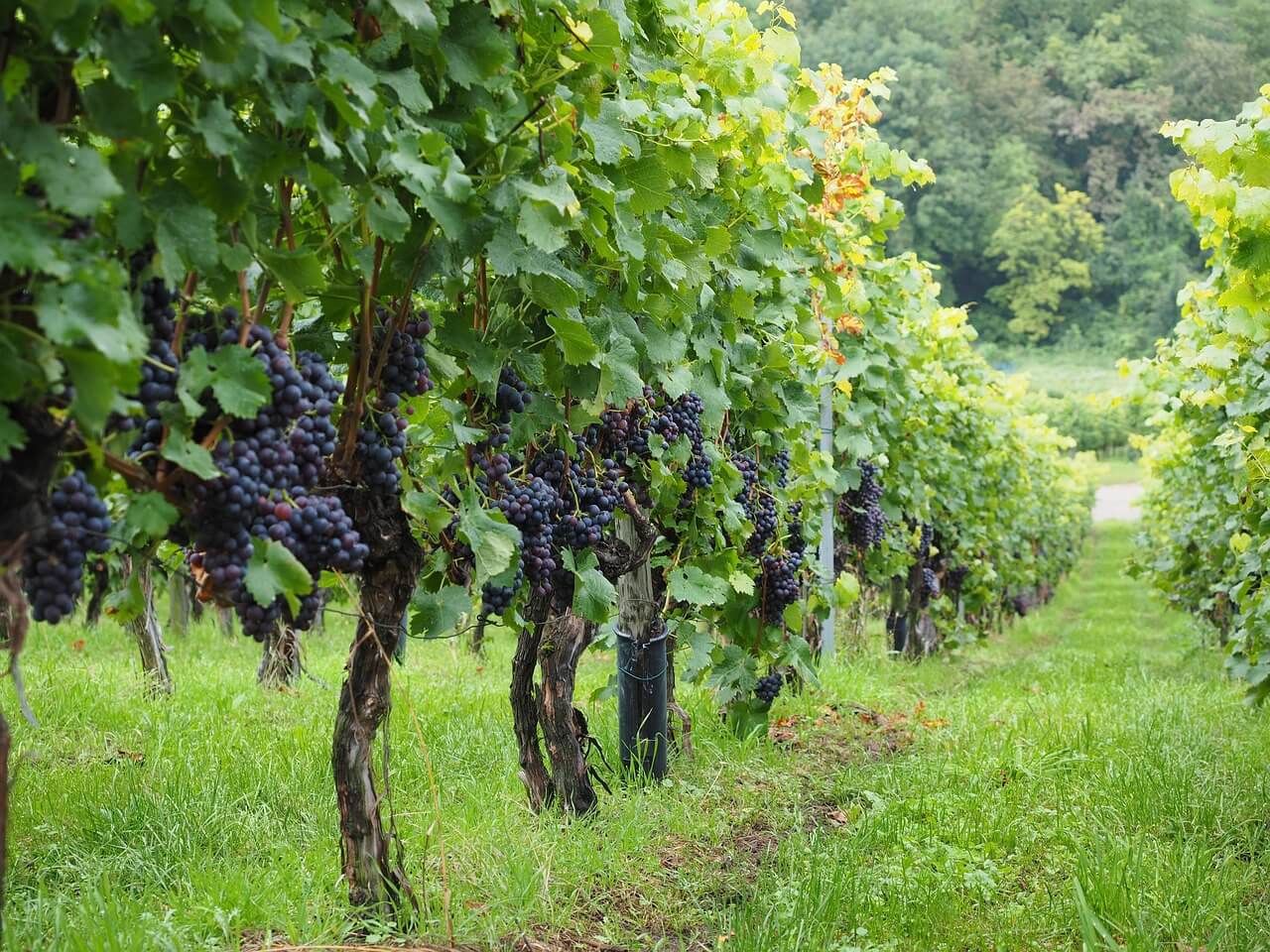
Grapevine is an interesting plant not only that it produce some of the best fruit on earth which can be transformed into the wine, but also as the plant itself. Grapevine is an interesting plant not only because it produces some of the best fruit on earth, which can be pressed into wine, but also […]
-
Why March and April are the best months (on Northen hemisphere) to set up the weather stations in your vineyard?
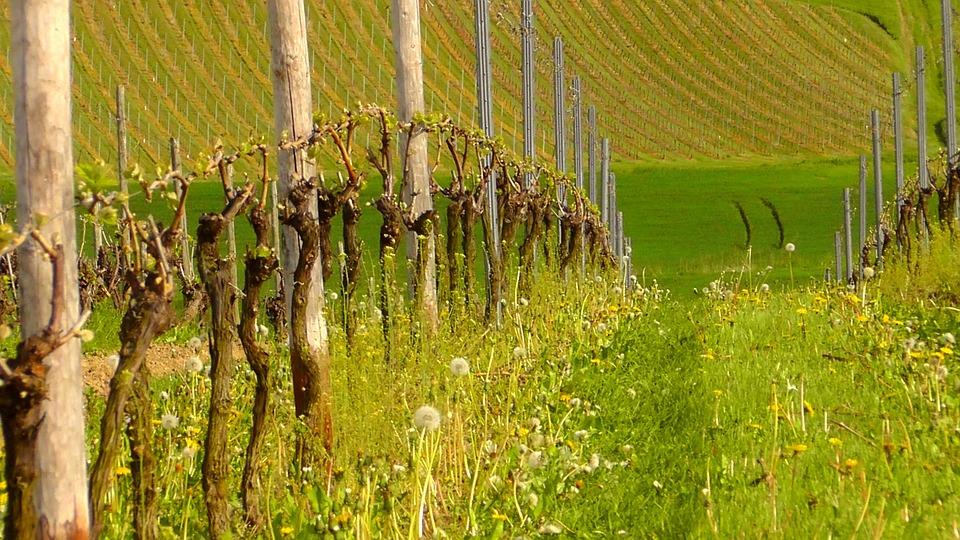
On the 20th of March, spring arrived in the Northern Hemisphere, and with warmer days, nature is slowly waking up from winter hibernation. Depending on the wine-growing region, March and April are the months when vines wake up and start to grow in the Northern Hemisphere. The season of vine growth is closely linked to the […]
-
Why the need to calculate growing degree days in vineyard?

Grapevine is a plant of warm climate: it requires a sufficient amount of heat for growth. As its development is strongly influenced by daily temperature, grape growers often use weather-based indicators to predict vine growth stages such as bloom, veraison, and maturity. The growing degree day calculator is one of the most known tools to […]
-
Cover cropping: alternative to herbicide use in the vineyard
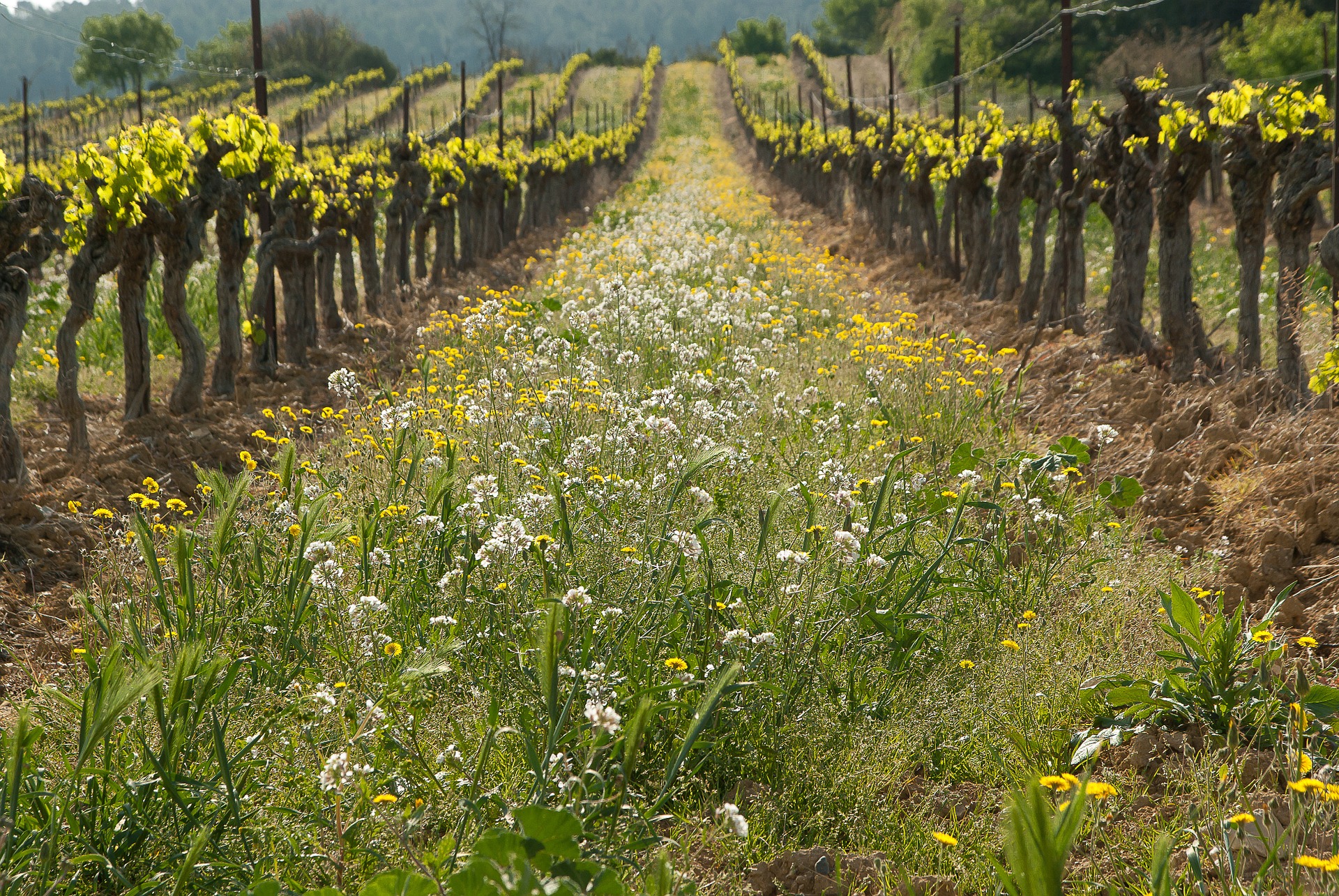
In viticulture, cover cropping refers to crop planting between and under the rows of vines, in order to improve the management of the vineyard. Cover cropping is no new invention, even though lately with the increased interest in organic and sustainable viticulture, there is a lot of buzz about that topic. Cover crops have been […]
-
How to know when the grapes are ready to harvest?
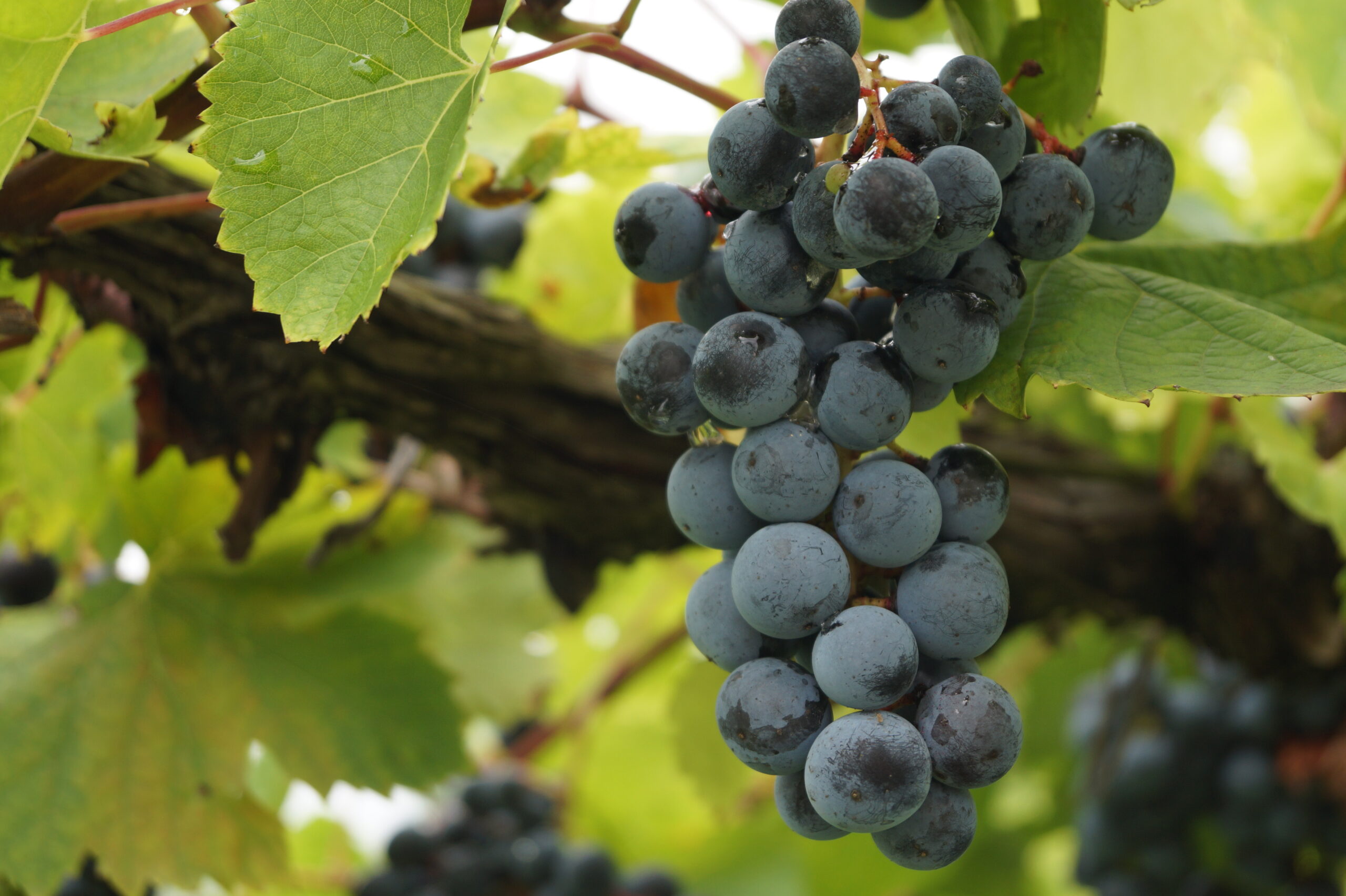
One of the most important decisions for a winemaker is when to harvest. Grapes should be harvested at full maturity; the better the grapes, the better the wine. But how do you know the exact time? Well, you can start by using your senses – see, touch, smell, and taste grapes. Next, collect representative grape […]
-
Esca: devastating “trunk disease” of grapevines
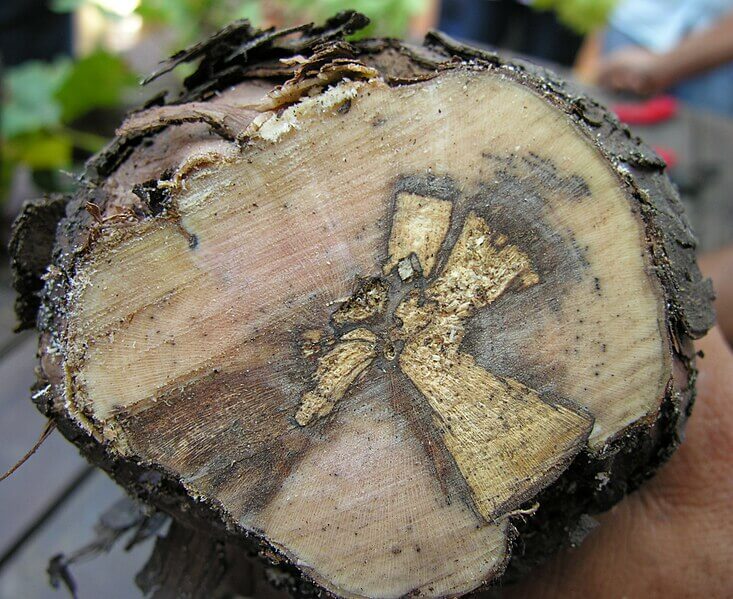
Grapegrowers are dealing with several different diseases, among them “trunk diseases”, which in most cases cause sudden death of grapevines. There are several known trunk diseases of grapevines, but lately, esca seems to be the most devastating. In recent years, it has become a real problem in several European wine countries, such as France, Italy and Spain, although it […]
-
Climate changes and wine production, part 2
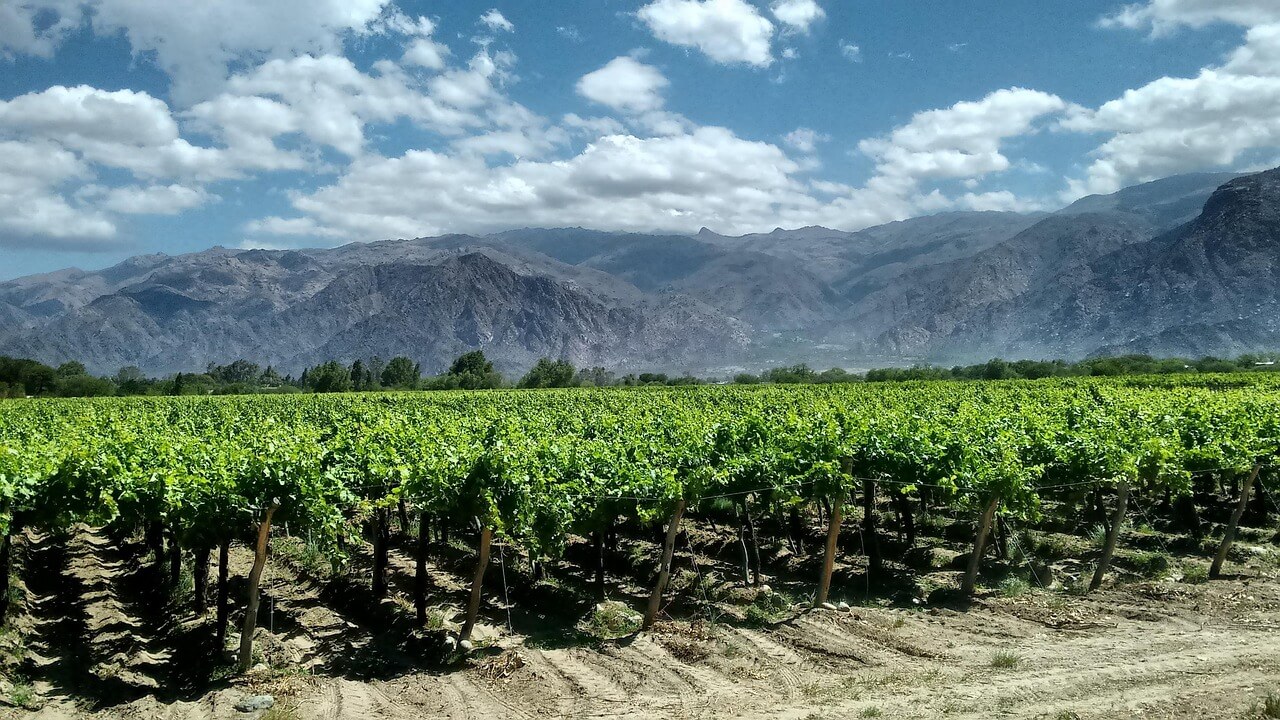
In the first part of the article, we wrote about effects of climate changes and how they affect viticulture industry, therefore, winegrowers. Now we are going to take a closer look at some adaptation techniques which can grape growers and winemakers consider when adapting to climate changes. What can winegrowers do? The whole global wine […]
-
Climate changes and wine production, part 1
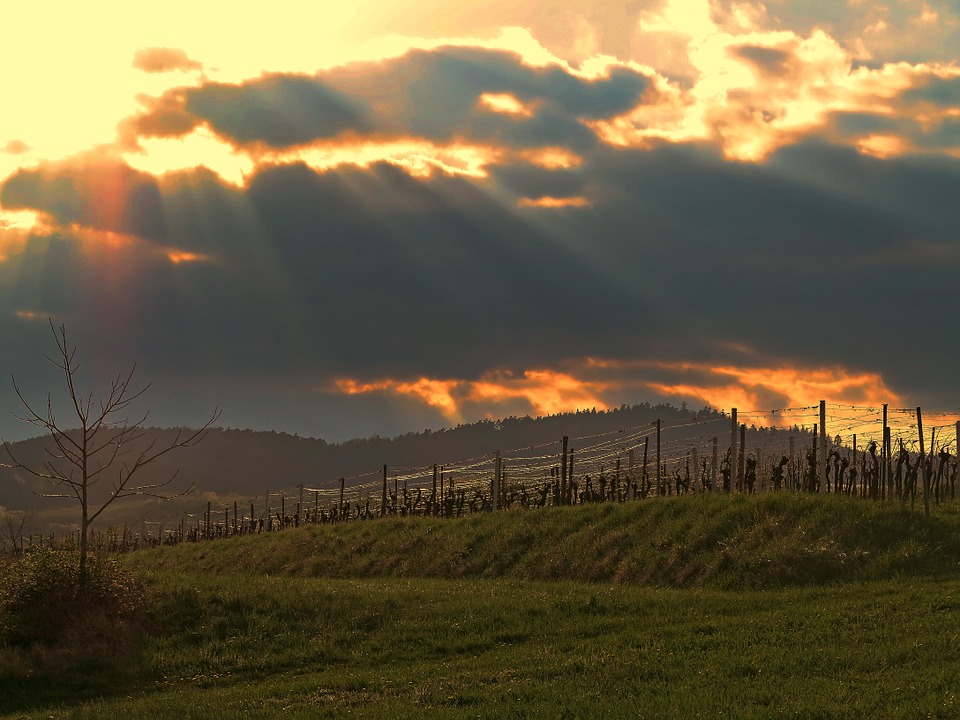
Climate change has become a real issue in the past decades. Since the beginning of the 20. century the average global temperature has risen and the same goes for the concentration of carbon dioxide (CO2) in the atmosphere. Mostly due to increase of fossil fuels burning. If this will continue at the same pace, scientists […]
-
Phomopsis cane & leaf spot (Phomopsis viticola)
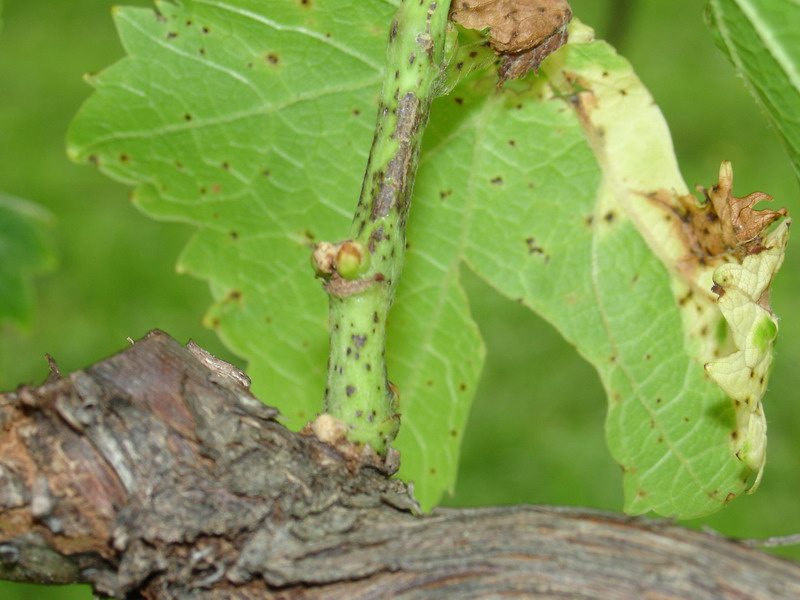
Phomopsis cane and leaf spot is a grape fungal disease caused by the fungi Phomopsis viticola. In the past, the disease was known under the name »dead-arm«, but in 1976, researchers found out that these are actually two different diseases that often occur simultaneously (Phomopsis cane&leaf spot and Eutypa dieback). Phomopsis cane and leaf spot […]
